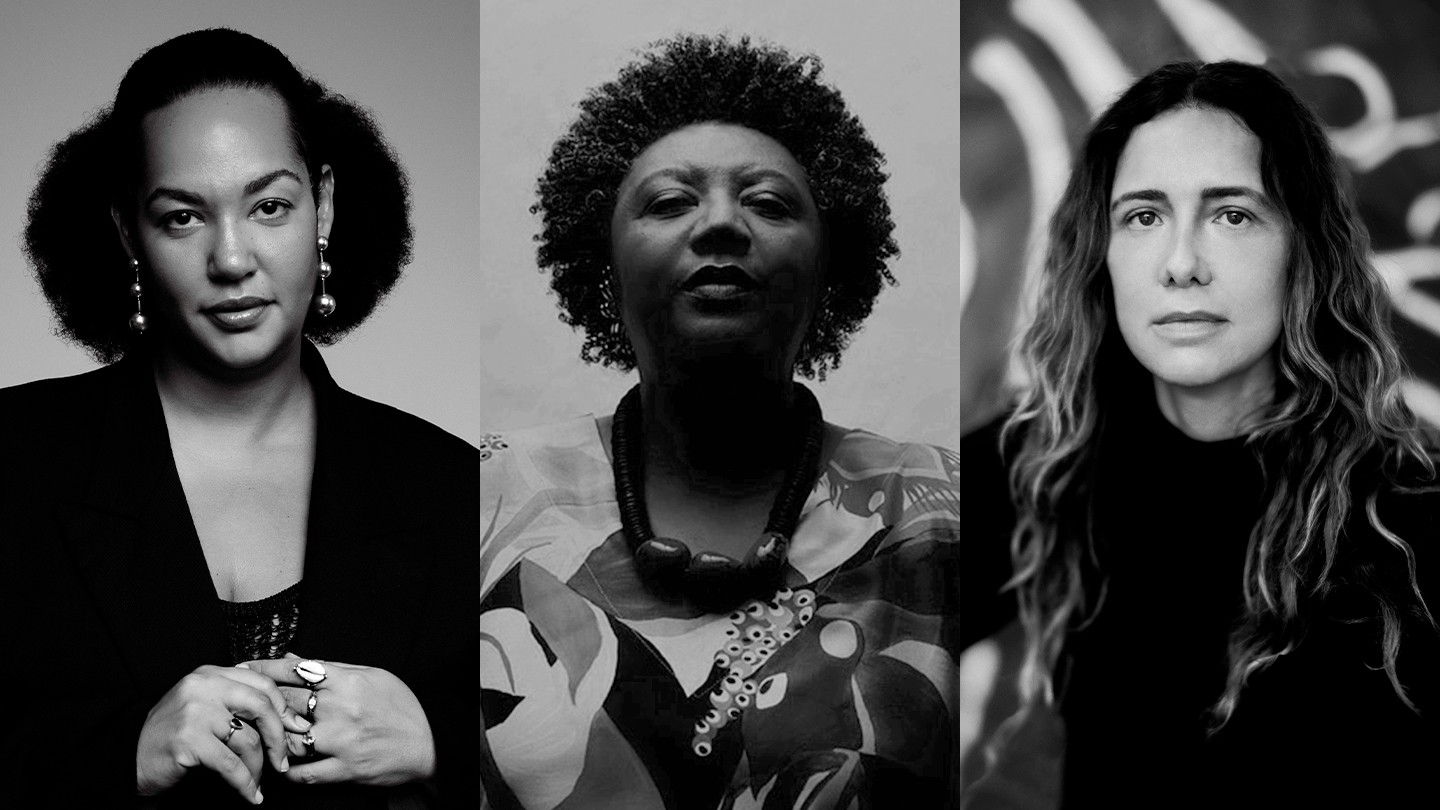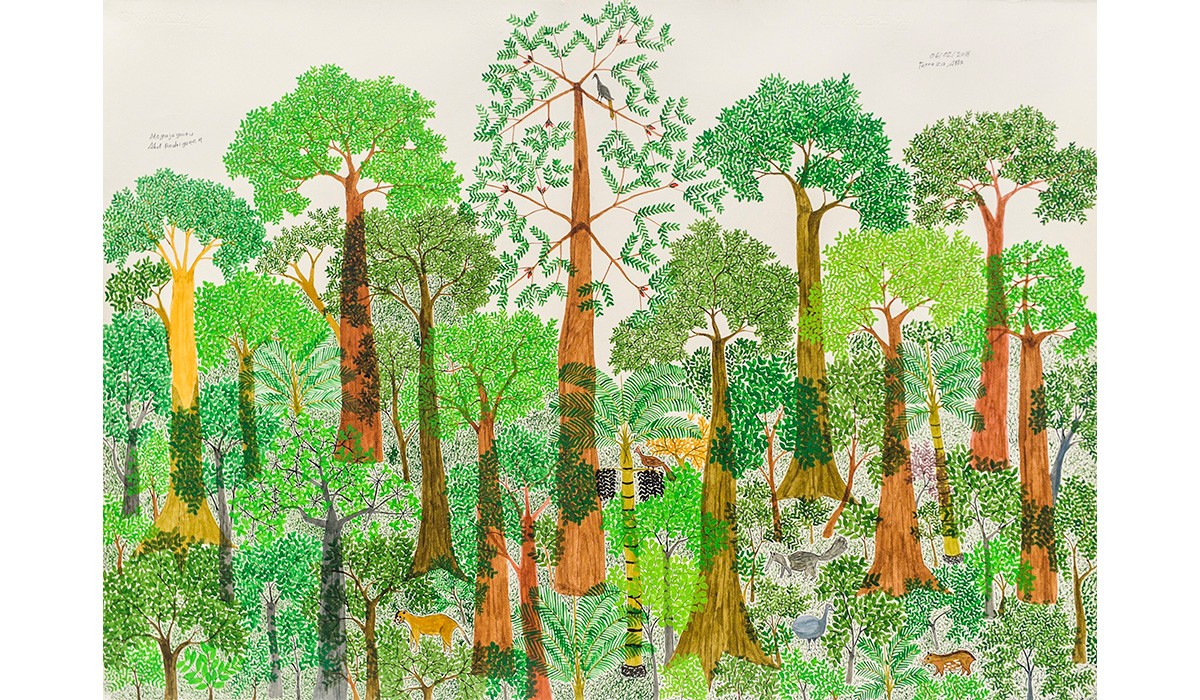
Mali Salazar (Huaraz, Peru, b. 1991), Montañas – Perros vagabundos, 2024. Acrylic paint on book, 14 x 10 cm (each). Photo: Ana Dias
24 September 2025
Magazine América Latina Magazine
2 min read
2nd Bienal das Amazônias
With works by more than 70 artists, the 2nd Bienal das Amazônias is structured around three conceptual forces within the practices of participating artists: dreams, memory and accent.
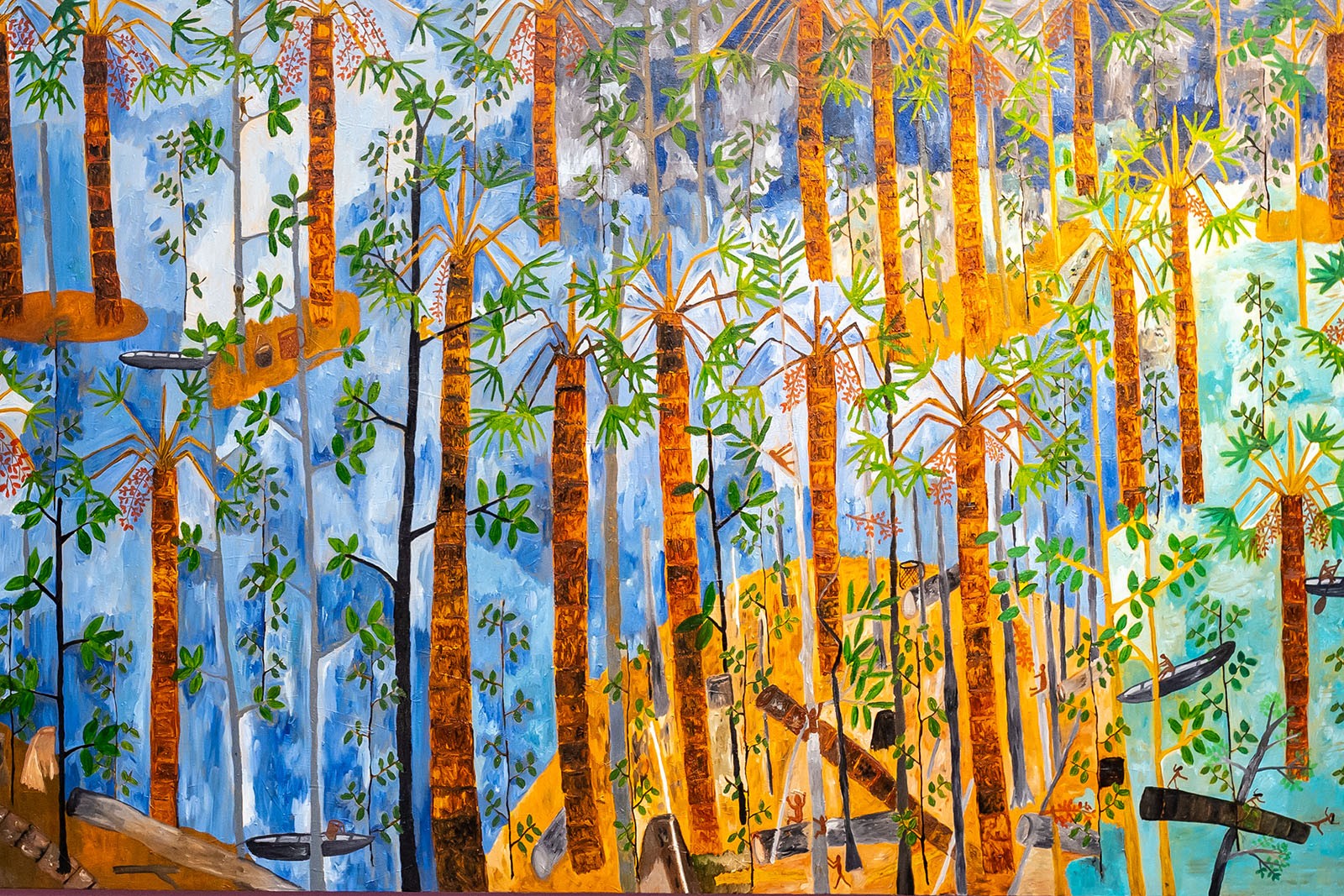
Aimema Úai (La Chorrera, Amazonas, Colombia, b. 1996), K+neji (La creciente del canangucho), 2025. Oil on linen, 250.5 x 150cm. Photo: Ana Dias
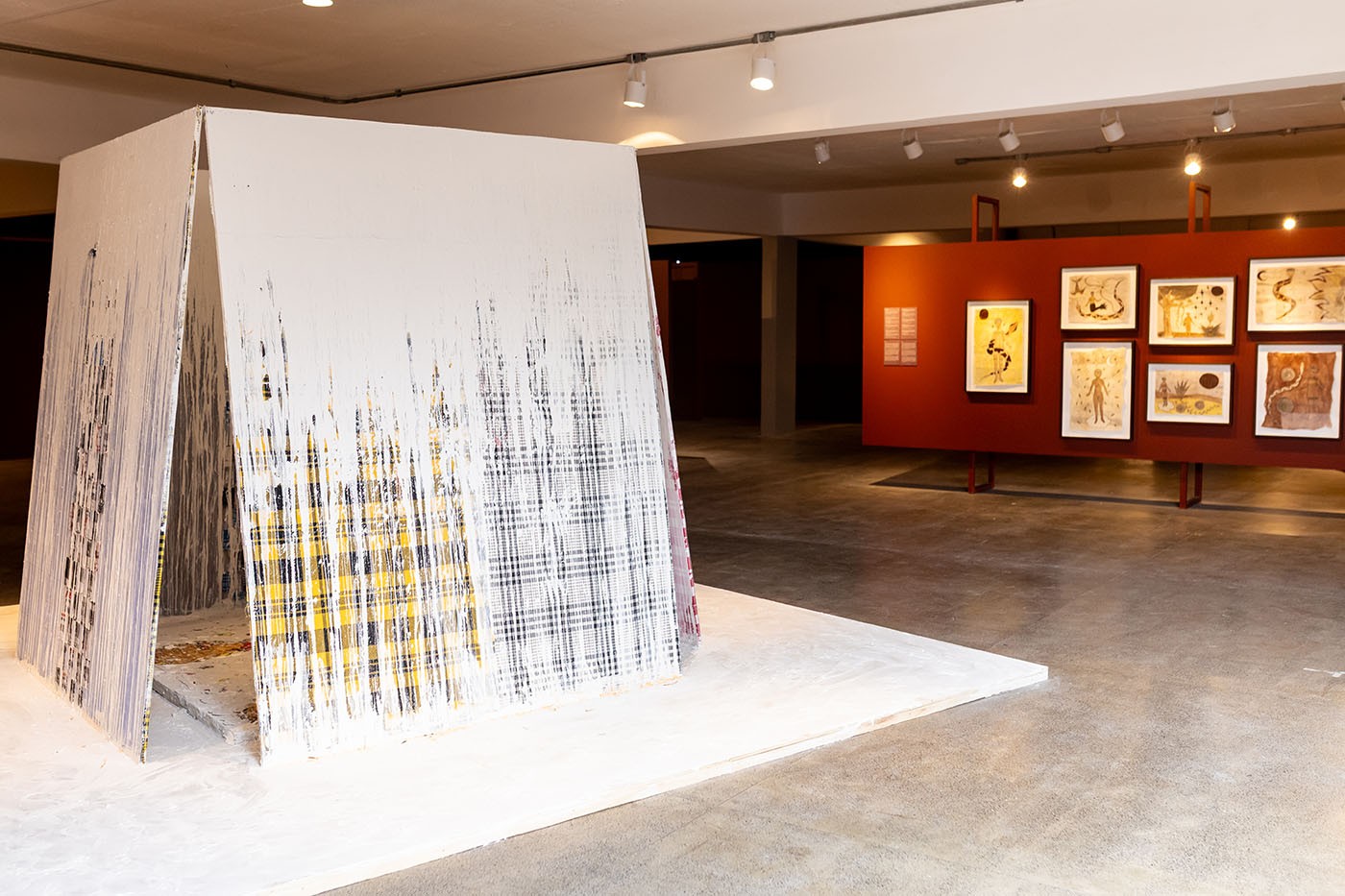
Remy Jungerman (Moengo, Suriname, b. 1959), POSU Tumuk Humak, 2025. Fabric and kaolin on wood panels, 3.80 × 3.80 × 2.20m. Photo: Ana Dias
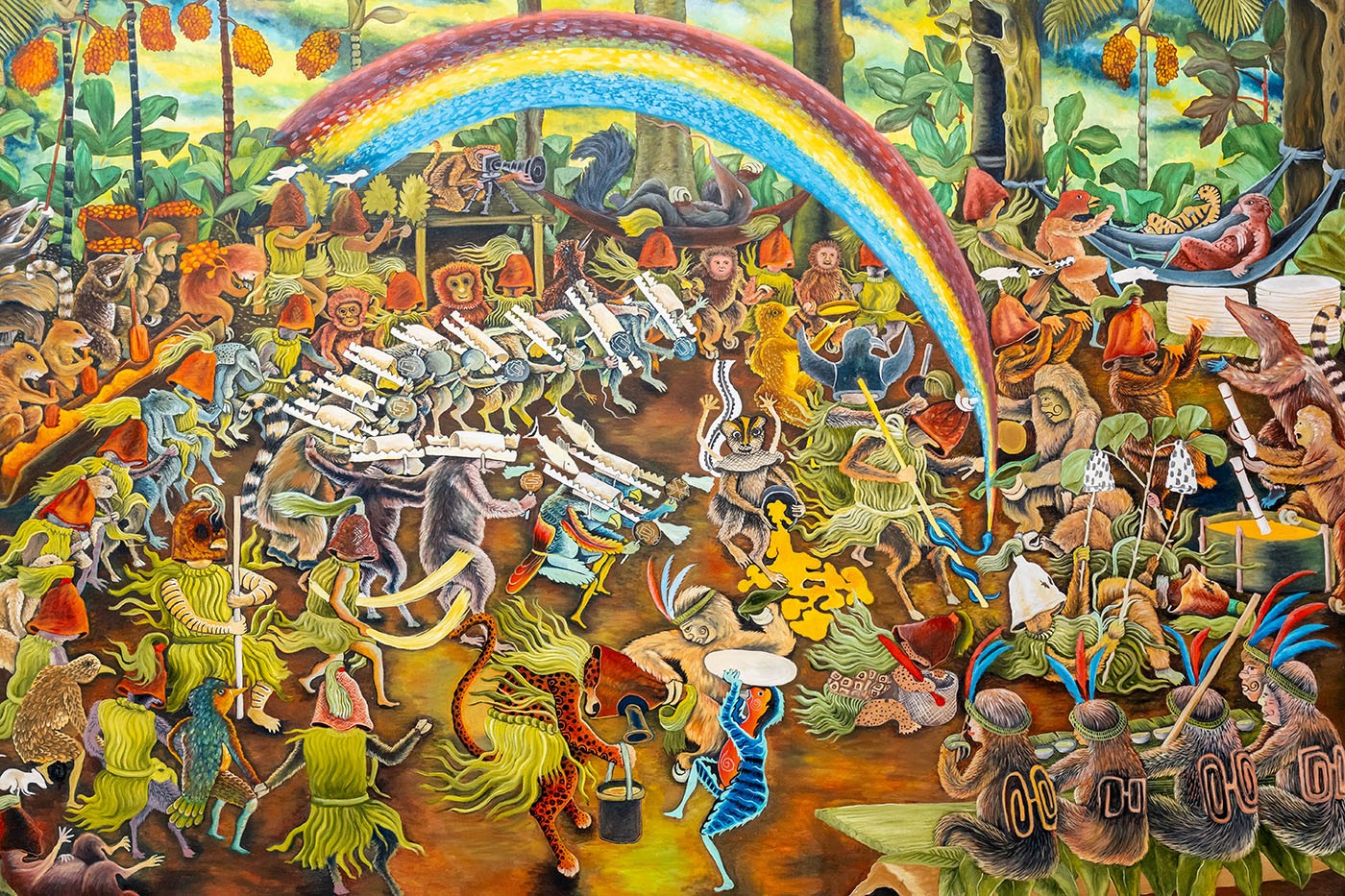
Brus Rubio (Pucaurquillo, Loreto, Peru, b. 1983). Meemeba (Fiesta de chicha del Pijuayo), 2024. Acrylic on linen, 200cm x 149cm. Photo: Ana Dias
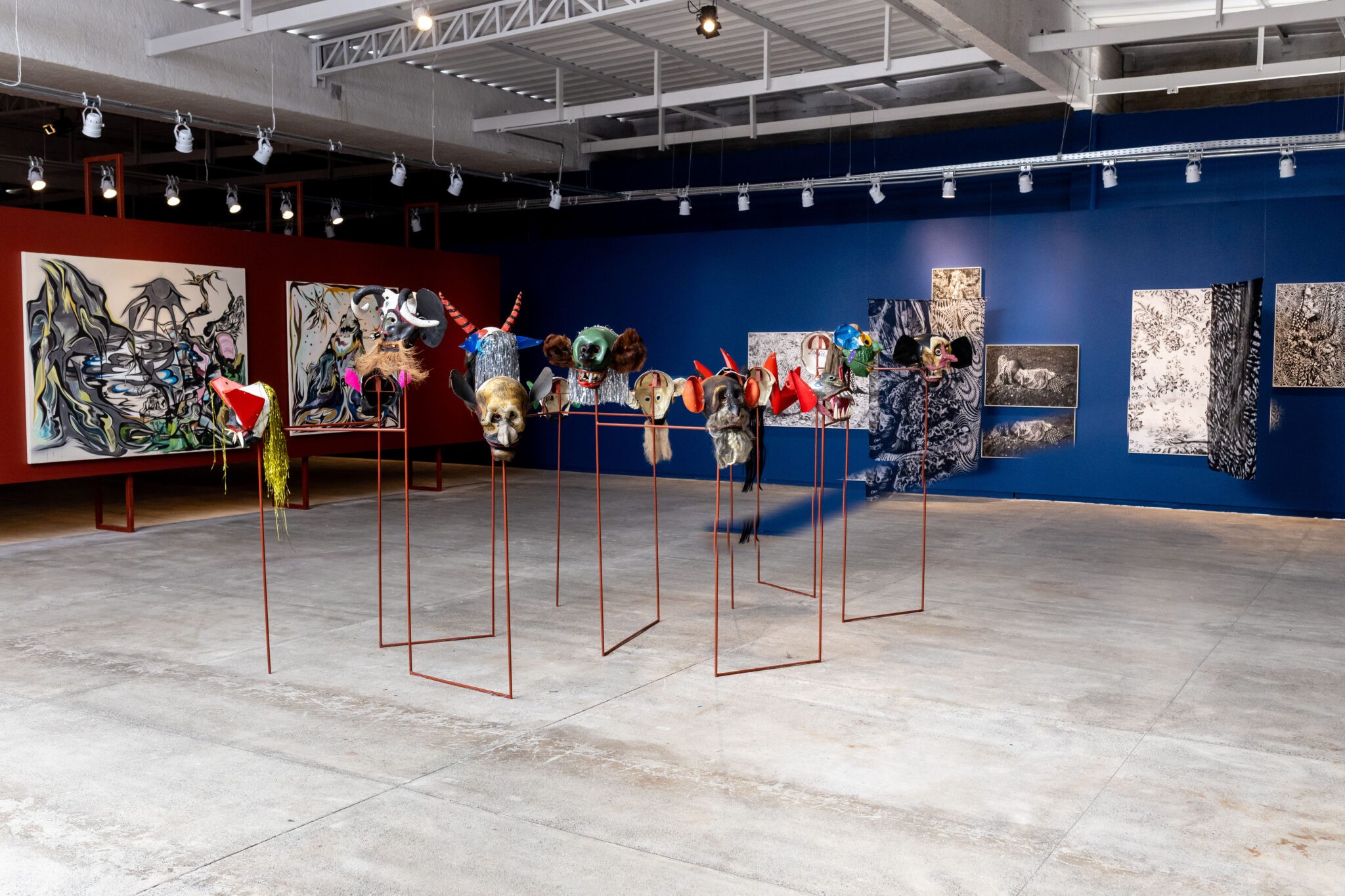
Installation View, 2nd Bienal das Amazônias. Photo: Ana Dias

Aileen Gavonel and Máxima Acuña, Estamos Vivas, 2025. Blanket made of natural and synthetic fibers, 100 x 150 cm. Photo: Ana Dias
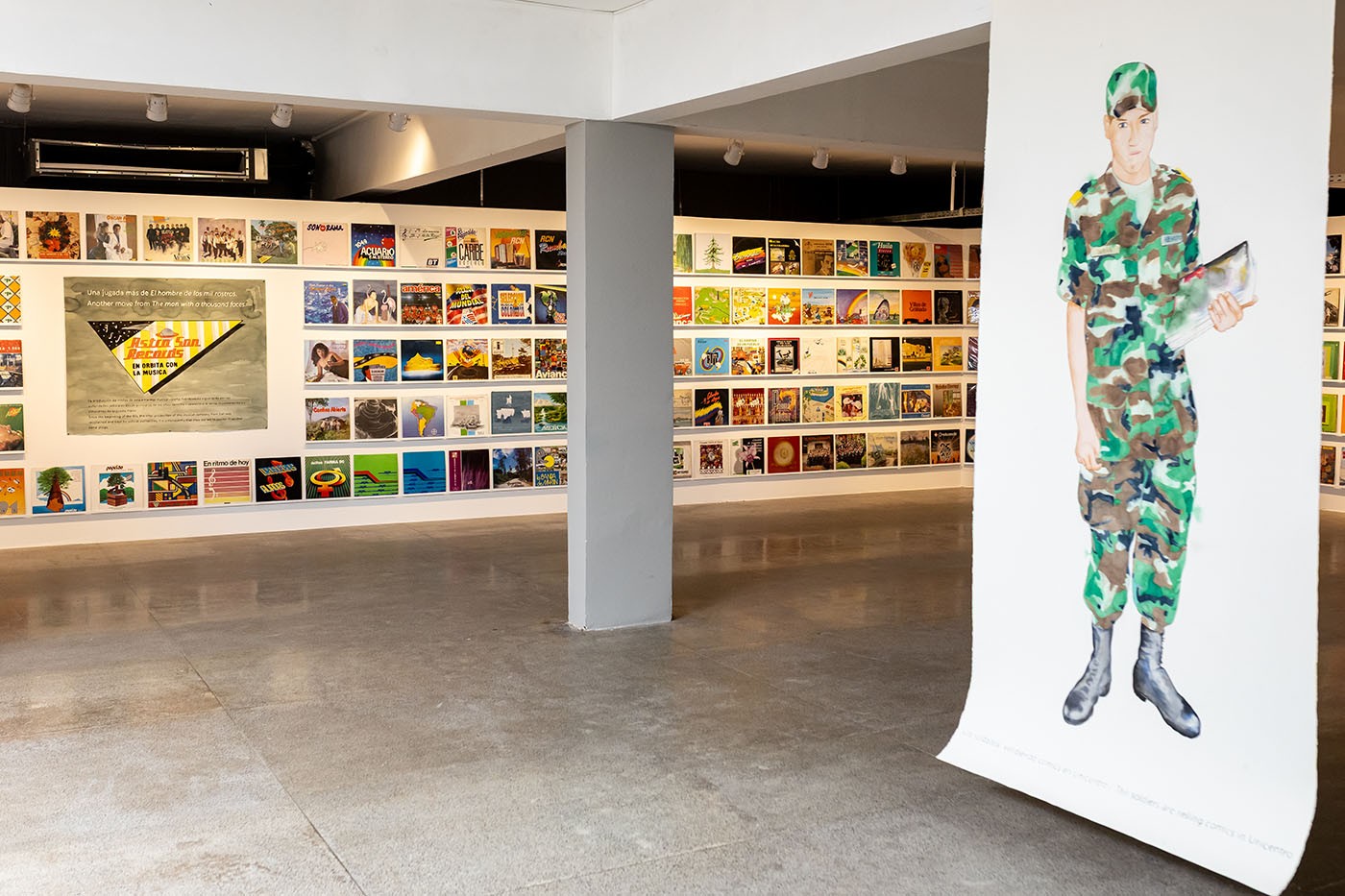
Wilson Diaz, Chimera. Photo: Ana Dias

Kenia Almaraz Murillo (Santa Cruz de la Sierra, Bolivia n. 1994), El Condor, 2024. Interwoven threads, Bolivian carnival costume embroidery and LED lights on a stainless steel structure, 87 x 148 x 13cm. Courtesy of the artist. Thanks to Waddington Custot Gallery, London.
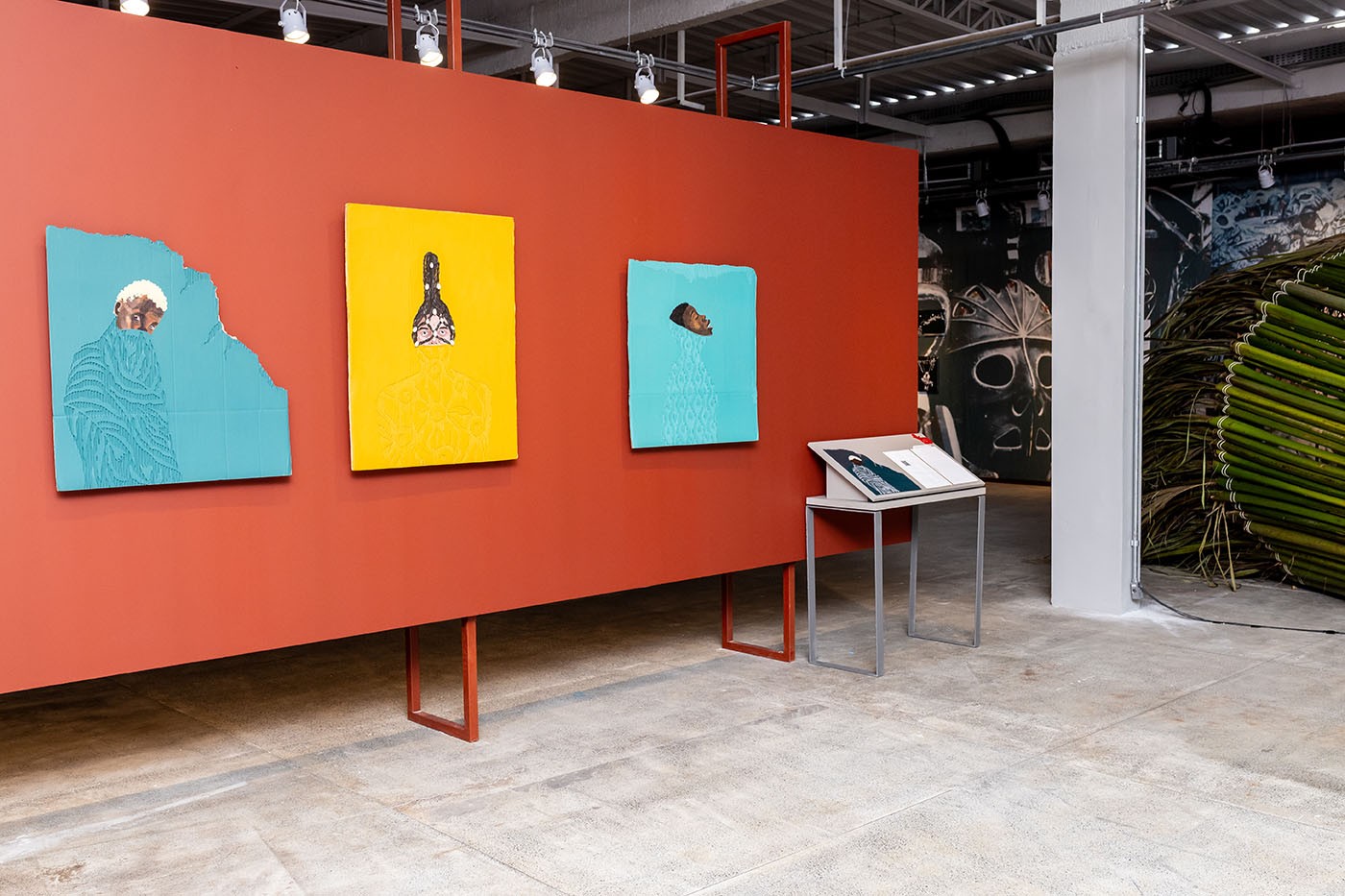
Paty Wolff, Untitled, Raízes provocam fissuras series. Photo: Ana Dias

Carla Duncan (Belém, Brazil, b. 1992), Interstício, CELEUMA Series, 2025. Oil and acrylic on panel, 30 x 20cm. Photo: Ana Dias
The 2nd Bienal das Amazônias, curated by Manuela Moscoso, together with Sara Garzón (assistant curator), Jean da Silva (co-curator of the public program), and Mónica Amieva (pedagogical curator), is structured around the concept of Verde-Distância, an expression taken from the novel Verde Vagomundo, by Pará-born writer Benedicto Monteiro. Works were selected through visits, listening and research in various parts of Brazil, such as Marajó, Amapá, Acre and Boa Vista, as well as across the Pan-Amazonian region, including Guyana, Suriname, Peru, Ecuador, Colombia, and others.
“Distance is not absence. It is matter. It is a form of relationship that preserves rather than isolates, that allows care without domination and co-presence without fusion. Verde-Distância is also an ethic for listening—an attention to what resists translation, to what moves between bodies and worlds without being captured,” said the curator.
The 2nd Bienal das Amazônias is open to the public until November 30, 2025.
Centro Cultural Bienal das Amazônias
Rua Manoel Barata, 400.
Belém, Pará, Brazil.
Visiting hours: closed Monday and Tuesday; Wednesday and Thursday, 9am to 5pm; Friday and Saturday, 10am to 8pm; and Sundays and holidays, 10am to 3pm. Last entry is always one hour before closing.
Read more from
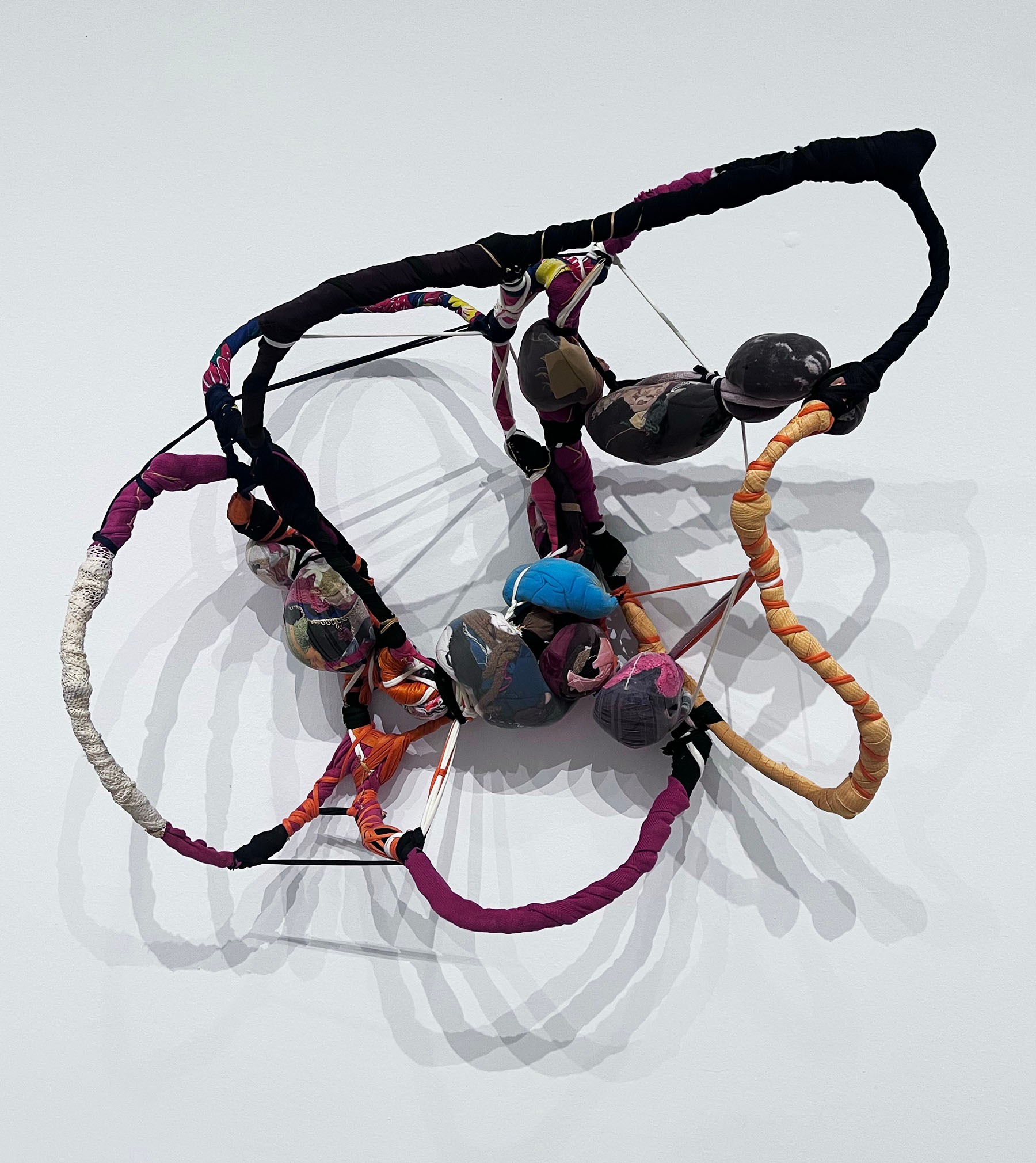
Confronting the Absence of Latin America in Conversations on African Diasporic Art
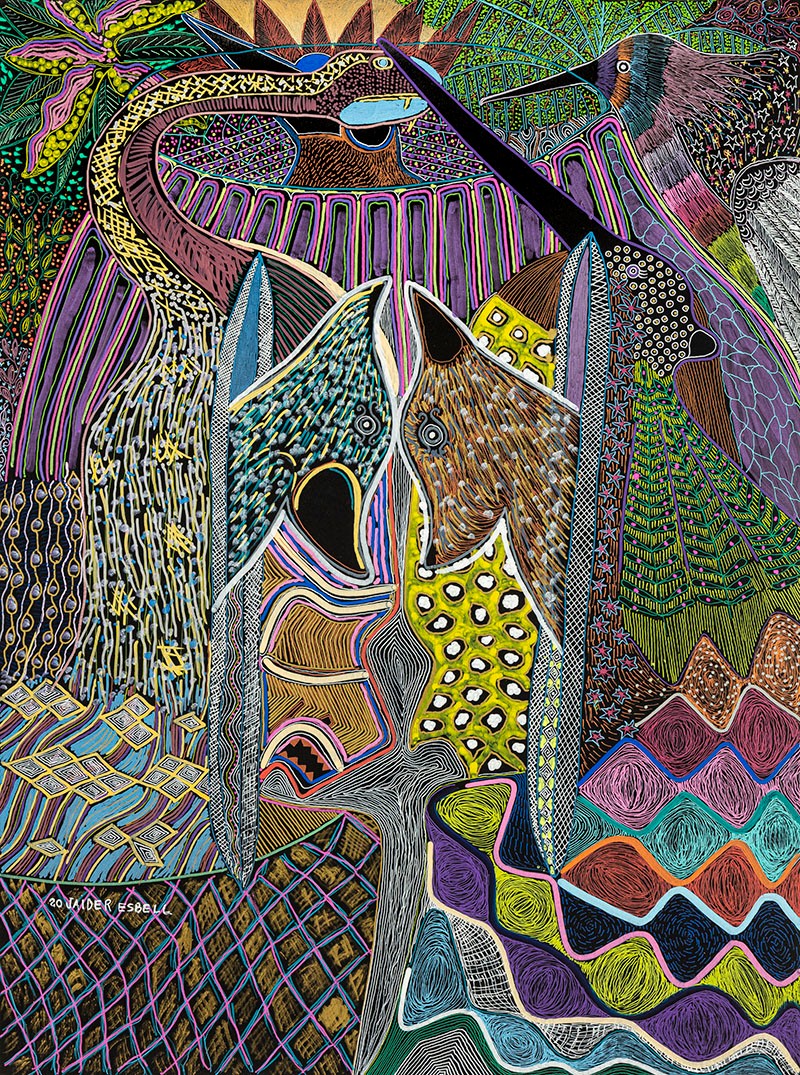
Macuxi Jaider Esbell: An Indigenous Life Cut Short by Epistemic Extractivism
